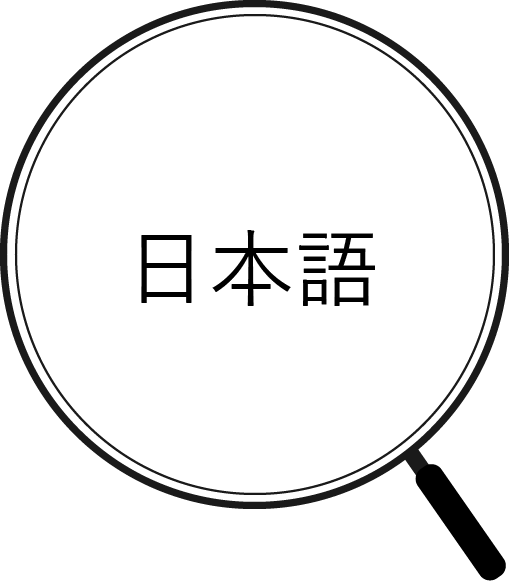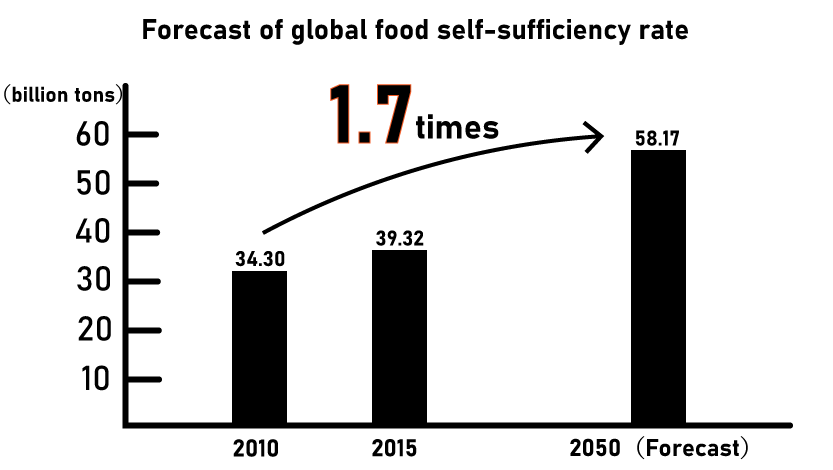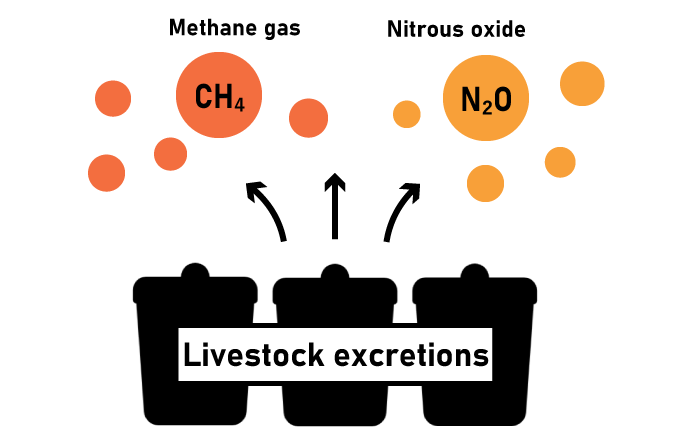


Convert Garbege into Feed and Fertilizer
As the world's population continues to grow, the issue of food shortages is becoming more and more prominent. It is said that enough food is produced in the world today to supply all people with enough to eat. Nevertheless, more than 820 million people in the world, or about 1 in 9 people, are chronically undernourished. It has also been predicted that the global population will reach 9.8 billion by 2050, and food demand will be 1.7 times higher than in 2010.

In this context, the production of fertilizer using houseflies is attracting attention, and MUSCA is the company that is doing it. MUSCA has taken over (bought) the research and technology from the former Soviet Union and continues to develop it.
About 45 years ago, while the former Soviet Union was engaged in a space race with the United States during the Cold War, Soviet scientists made a plan for a manned mission to Mars. Since it was difficult to load all the food needed for the round trip into the spacecraft, it was necessary to build a biocycle inside the spacecraft, and after testing various microorganisms and insects, the most efficient was houseflies.
However, confining houseflies in a box would not lay eggs or they would die soon due to excessive stress. However, by selecting and breeding 1,200 generations of stress-resistant, egg-producing flies over 50 years, they have created flies that are resistant to stress, temperature changes, and humidity changes.

Using MUSCA's houseflies, composting can be finished in a week instead of several months or years using ordinary microorganisms. At the same time, it can also produce feed for livestock. This means that organic waste from livestock farming and agriculture can be turned into fertilizer and feed for the next round of livestock farming and agriculture, and food production can become a cycle.
The process of making fertilizer with houseflies is very simple. First, prepare organic waste such as garbage and animal excrement, and spread the eggs of houseflies on a special tray. In about eight hours, the eggs will hatch into larvae, which will decompose organic waste such as excreta. The larvae are then dried and used as feed.
When fishmeal was mixed with housefly feed, there was a big difference in the body color and size of the red sea breams. Compared to red sea breams fed on ordinary fishmeal, the body color was brighter and the size was 40% larger. MUSCA's research with Ehime University to prove the safety of the fish did not reveal anything dangerous. Farmed fish tend to feel stressed because they are kept in a small space in a fish tank with many other fish. However, the red sea breams that were fed with the housefly feed showed low-stress levels.

When radishes were cultivated with housefly fertilizer, the flesh was tighter and all of the radishes were excellent compared to radishes cultivated with ordinary fertilizer. Also, the sugar content was 2.0 to 2.5 for general cultivation, but 4.0 for cultivation using housefly fertilizer, nearly twice as high.
The amount of livestock manure discharged in Japan is about 80 million tons per year, which is equivalent to about 61 Tokyo Domes. It is said that the greenhouse gases generated in the process of processing 80 million tons of livestock excrement per year is one of the factors of global warming. Methane gas and nitrous oxide, which are produced when livestock excrement is composted, are 25 times and 300 times more harmful than CO2, respectively, and it is known that the amount of methane gas and nitrous oxide are released during the processing of livestock excrement is 11% and 22% of the total amount in Japan.

In contrast, composting with houseflies can decompose in a week, and reduce the amount of gas produced by 99%.
This site is participating in the 23nd Japan Junior high school/high school Web contest(第23回全国中学高校Webコンテスト).
